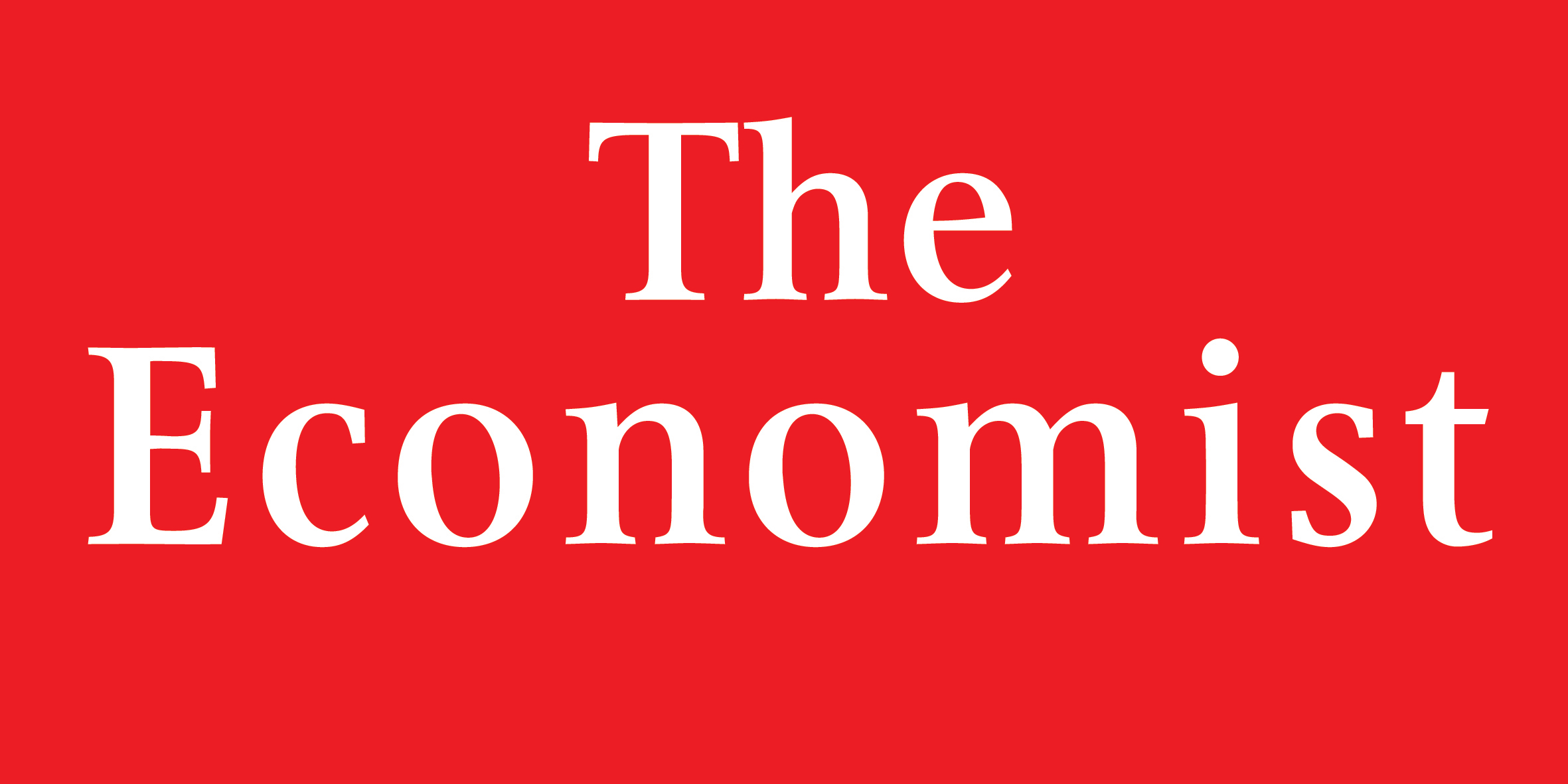
While flipping through an old issue of The Economist, I came across an article I began reading back in April by John Micklethwait entitled Taming Leviathan (you can find the article online here). It got me thinking about the size of government and how the the debate is as old as they come—it has been argued by republicans and democrats for years, typically on a federal level. It is no different here in Minnesota. The size of state governments continues to grow and grow, which can be perceived as a problem. What it really comes down to is what services are necessary to support the community on a city- and state-level . There are numerous benefits and services that are supplied to community members that are utilized by some, yet ignored by most. The current problem is that we are experiencing a growing size of state government that will eventually become unsustainable without increasing pulic funding via taxes or other means of fundraising. This is a serious issue that needs to be examined by governments in each state to ensure sustainability, efficiency and transparency to their constituents. Either the problem needs to be corrected now, or we will surely face a short-fall that could faceplant our local governments and communities.
In Taming Leviathan, Micklethwait makes a compelling statement that governments need to learn how to do more with less and cut back on what they offer. I feel that the easiest way to do this would be to complete a sustainability audit on the current government offerings. We need to analyze which programs are value-adding to a large proportion of our citizens and which programs we could go without. I went onto the State of Minnesota’s website, and I counted 206 different agencies, commissions and boards. Assuming that these are all publically funded (which I’m sure they are), this is a scary number. There are some on there that I am sure are value-adding, but I doubt that all of them are necessary for our state to run effecively. This is one instance where we would be able to cut spending and trim some fat off of our state spending, allowing us to become more efficient with our state dollars.
The State of Minnesota runs a General Fund budget of $36 billion, while the total state budget is closer to $60 billion. These numbers didn’t use to be as large as they are—we consistantly grow the size of our budget year-over-year. We have increased the amount state spending by almost 40% since 2003. Though these numbers are large, we are still facing an estimated $6-7 billion budget shortfall for the next biennial budget. As citizens, we are required to live within our means and balance our checkbooks… our state, local and federal governments should do the same with their budgets. There needs to be an increased emphasis on balancing of budgets. We must cap the growing state government through cuts and becoming a leaner, more efficient government.
As education is a large expendature of our state government, I think that this should be priority one when looking at becoming a more efficient government. I read an interesting article earlier in the year regarding switching public schools from government-funded to a free market system which I found particuarly interesting. They suggested granting homeowners a 100% tax credit if they don’t put a student through the public school system. In essence, they can either take the credit and not use public schools; or don’t take the credit and utilize public schools. This allows for a couple of benefits—the first being a more efficient school system because it forces the government to be more accountable for the education provided such as requiring more transparency with their books, eliminating non-essential spening from the budget, etc. I think this would allow us to shrink the size of government but also provide more accountability and efficiency in our public schools.
Now is this the correct solution? I’m not sure, but I do know that something has to be done with education to be more efficient. My friend Bob Dooley talked about incorporating a four-day school week. Since busing is one of the biggest expenses for the K-12 education system (especially in rural areas), shortening the week to a four-day system would save them, essentially, 20% in transportation costs. This would allow parents to work more, and decrease the amount of state-subsidized after-school care. This would allow parents to support the local economy by enrolling their children in a one-day-a-week private daycare.


I like this piece and think more like it should be written by other leaders!